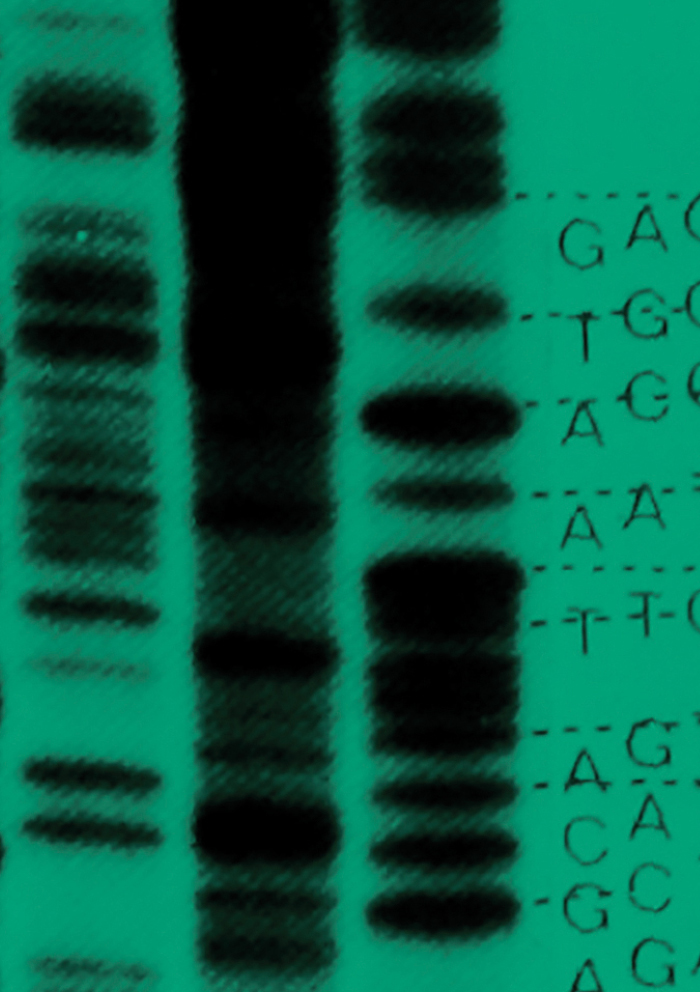 -
Volume 5,
Issue 3,
2019
-
Volume 5,
Issue 3,
2019
Volume 5, Issue 3, 2019
- Short Communication
-
- Microbial Evolution and Epidemiology
- Communicable Disease Genomics
-
-
Wave 2 strains of atypical Vibrio cholerae El Tor caused the 2009–2011 cholera outbreak in Papua New Guinea
More LessVibrio cholerae is the causative agent of cholera, a globally important human disease for at least 200 years. In 2009–2011, the first recorded cholera outbreak in Papua New Guinea (PNG) occurred. We conducted genetic and phenotypic characterization of 21 isolates of V. cholerae , with whole-genome sequencing conducted on 2 representative isolates. The PNG outbreak was caused by an atypical El Tor strain harbouring a tandem repeat of the CTX prophage on chromosome II. Whole-genome sequence data, prophage structural analysis and the absence of the SXT integrative conjugative element was indicative that the PNG isolates were most closely related to strains previously isolated in South-East and East Asia with affiliations to global wave 2 strains. This finding suggests that the cholera outbreak in PNG was caused by an exotic (non-endemic) strain of V. cholerae that originated in South-East Asia.
-
- Research Article
-
- Microbial Evolution and Epidemiology
- Population Genomics
-
-
Australian porcine clonal complex 10 (CC10) Escherichia coli belong to multiple sublineages of a highly diverse global CC10 phylogeny
More LessWe recently identified clonal complex 10 (CC10) Escherichia coli as the predominant clonal group in two populations of healthy Australian food-production pigs. CC10 are highly successful, colonizing humans, food-production animals, fresh produce and environmental niches. Furthermore, E. coli within CC10 are frequently drug resistant and increasingly reported as human and animal extra-intestinal pathogens. In order to develop a high-resolution global phylogeny and determine the repertoire of antimicrobial-resistance genes, virulence-associated genes and plasmid types within this clonal group, we downloaded 228 publicly available CC10 short-read genome sequences for comparison with 20 porcine CC10 we have previously described. Core genome single nucleotide polymorphism phylogeny revealed a highly diverse global phylogeny consisting of multiple lineages that did not cluster by geography or source of the isolates. Australian porcine strains belonged to several of these divergent lineages, indicative that CC10 is present in these animals due to multiple colonization events. Differences in resistance gene and plasmid carriage between porcine strains and the global collection highlighted the role of lateral gene transfer in the evolution of CC10 strains. Virulence profiles typical of extra-intestinal pathogenic E. coli were present in both Australian porcine strains and the broader collection. As both the core phylogeny and accessory gene characteristics appeared unrelated to the geography or source of the isolates, it is likely that the global expansion of CC10 is not a recent event and may be associated with faecal carriage in humans.
-
-
-
Genomic epidemiology of severe community-onset Acinetobacter baumannii infection
More LessAcinetobacter baumannii causes severe, fulminant, community-acquired pneumonia (CAP) in tropical and subtropical regions. We compared the population structure, virulence and antimicrobial resistance determinants of northern Australian community-onset A. baumannii strains with local and global strains. We performed whole-genome sequencing on 55 clinical and five throat colonization A. baumannii isolates collected in northern Australia between 1994 and 2016. Clinical isolates included CAP (n=41), healthcare-associated pneumonia (n=7) and nosocomial bloodstream (n=7) isolates. We also included 93 publicly available international A. baumannii genome sequences in the analyses. Patients with A. baumannii CAP were almost all critically unwell; 82 % required intensive care unit admission and 18 % died during their inpatient stay. Whole-genome phylogenetic analysis demonstrated that community-onset strains were not phylogenetically distinct from nosocomial strains. Some non-multidrug-resistant local strains were closely related to multidrug-resistant strains from geographically distant locations. Pasteur sequence type (ST)10 was the dominant ST and accounted for 31/60 (52 %) northern Australian strains; the remainder belonged to a diverse range of STs. The most recent common ancestor for ST10 was estimated to have occurred in 1738 (95 % highest posterior density, 1626–1826), with evidence of multiple introduction events between Australia and Southeast Asia between then and the present day. Virulence genes associated with biofilm formation and the type 6 secretion system (T6SS) were absent in many strains, and were not associated with in-hospital mortality. All strains were susceptible to gentamicin and meropenem; none carried an AbaR resistance island. Our results suggest that international dissemination of A. baumannii is occurring in the community on a contemporary timescale. Genes associated with biofilm formation and the T6SS may not be required for survival in community niches. The relative contributions of host and bacterial factors to the clinical severity of community-onset A. baumannii infection require further investigation.
-
Most Read This Month


